The best CRPGs to play after Baldur's Gate 3
Defeated the Absolute already? Here are some options for your next adventure.

Baldur's Gate 3 has settled into our new gold standard for RPGs—our 2023 game of the year and new Top 100 champion—and that's understandably whipped up some new interest in the CRPG genre whose flag BG3 proudly flies.
We're on hallowed ground here, an ethereal and vaguely defined sub-genre of the RPG whose foundations are rich story, (usually) D&D-style combat, (usually) an isometric perspective and (sometimes) stylistic anachronisms intended to harken back to a previous age of classic RPGs. And if that wasn't amorphous enough, the C stands for 'computer'. Way to do the legwork, letter C.
If Baldur's Gate 3 has made you hungry for similar material, the first places you should visit are Larian's previous turn-based RPGs, Divinity: Original Sin 1&2. They're rich, malleable, mischievous game worlds that feel very connected to BG3 despite entirely separate worlds and characters. They're good for what ails you if completing BG3 just left a yawning hole in your life. If you want to venture out a bit further, though, these are the waypoints on your charmingly anachronistic CPRG map.
Baldur's Gate 2: Enhanced Edition
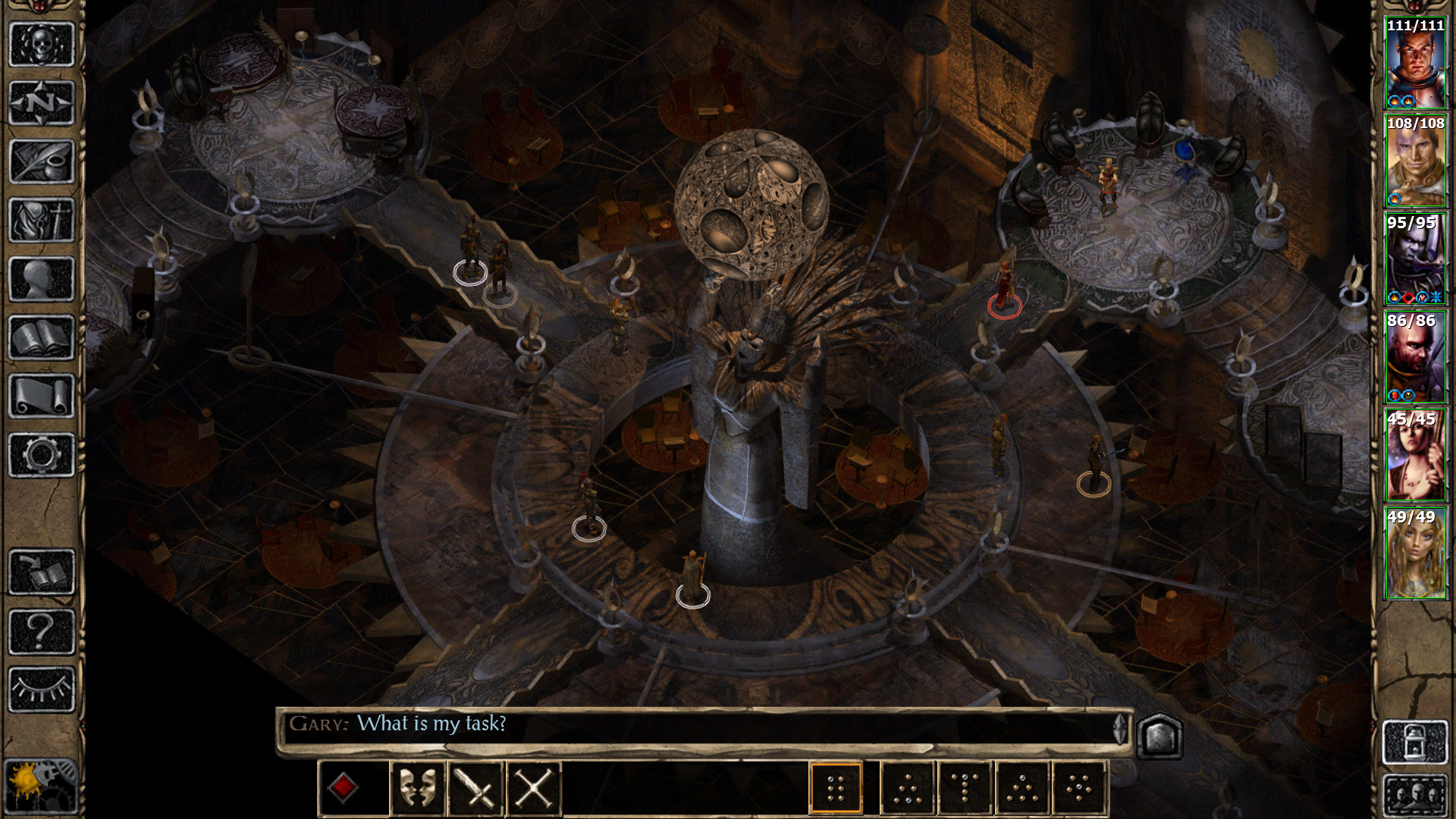
We all knew BioWare's towering CRPG meisterwerk would take some beating when it arrived in 2000 and promptly hoovered up hundreds of hours of our time, one exquisitely constructed sidequest after another. What we didn't realise at the time was how long it would remain as the genre's high water mark.
In many ways Baldur's Gate 2 is still the GOAT. You find yourself pursuing secondary plot lines wherever you find them across the Byzantine-inspired landscape of Amn, and not because you're grinding for better numbers. Rather, it's an enchanting, shapeshifting, storytelling machine that takes you from illusory circus tents to giant spherical arcane strongholds to prison break sequences without a moment's dip in the atmosphere, descriptions or player agency.
Being an Infinity Engine RPG of a certain age and bound to D&D: Second Edition rules, combat isn't immediately or intuitive or gratifying. It certainly goes deep though, and the interplay between class skills, spells and special items (shout out to Lilarcor the talking sword) keeps you experimenting even 80 hours in. Beamdog's 2013 Enhanced Edition makes it much easier to play on modern systems, so do that.
Pillars of Eternity 2: Deadfire
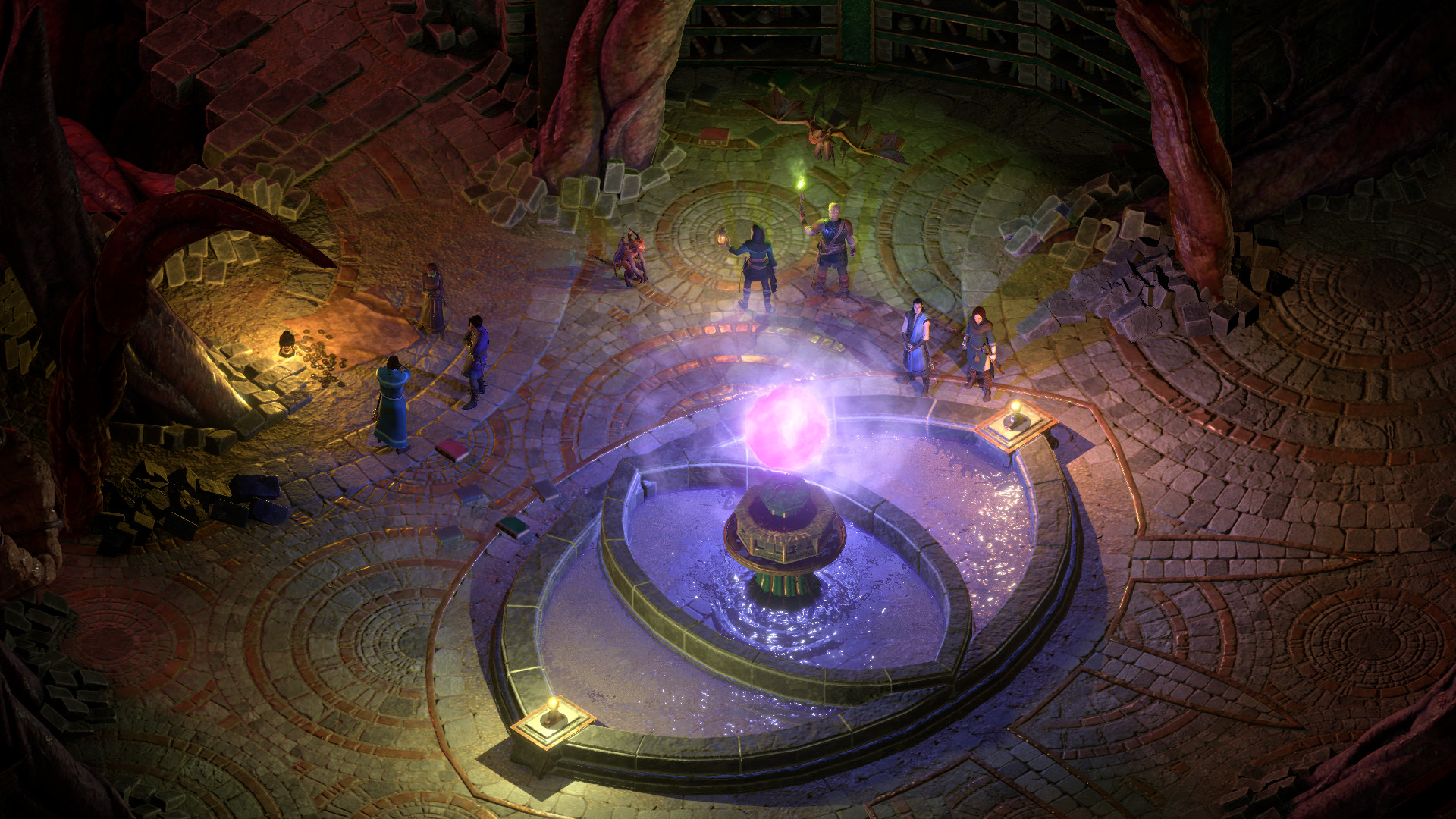
The legendary status of the original Infinity Engine RPGS—Baldur's Gate, Planescape: Torment and Icewind Dale—just kept growing throughout the 2000s and 2010s. So in 2015, Josh Sawyer's Obsidian team decided it might be fun to release an isometric title cut from that very same cloth.
Keep up to date with the most important stories and the best deals, as picked by the PC Gamer team.
"Fun" is certainly one way to describe developing a game that received four times the Kickstarter budget it asked for and carried an impossibly high weight of expectation, but nonetheless Pillars delivered a familiar, well-written fantasy RPG with a tabletop-style combat rulebook that was as rich as it was ruthlessly unforgiving. If you're here, you should play it.
But Pillars of Eternity 2 was where the franchise really found its feet. It's a marriage of swashbuckling, island-hopping quests and arrogant warring gods wreaking havoc on the Deadfire Archipelago from on high. You've often got such a variety of approaches available to you that some quests start to feel like Hitman missions—do you rig the pirate lord's piano with explosives, drug him, or sweet-talk his cronies into furthering his demise some other way? That loop of wonderfully rich questing completes with a ship management mechanic that has you sailing the archipelago with a watchful eye on resources, weapons and crew.
Tyranny
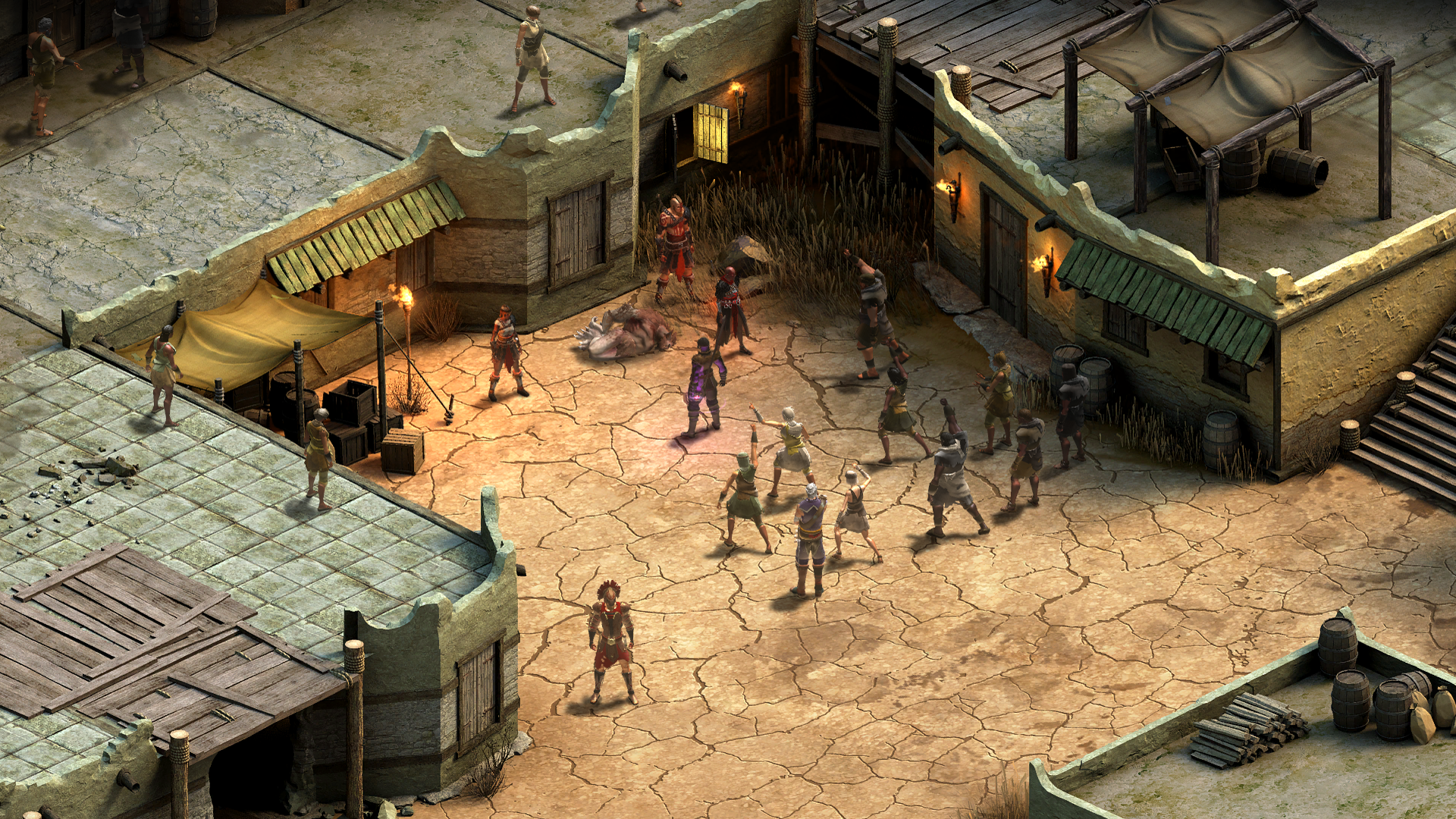
Obsidian called it coincidence that the day after Donald Trump was announced as America's president in 2016, they released an RPG called Tyranny with the tagline: "Sometimes, evil wins." Given the vagaries of game development timelines that might very well be the case, but the timing certainly lent some resonance to its story.
Its real-time-with-pause combat does the job and ticks a nostalgia box. The way the story branches out depending on your decisions is what really defines Tyranny though. As a Fatebinder in the evil Overlord's army, you might want to bring peace and kindness to the land, but you're also bound by bureaucracy and seduced by self-interest. Often it feels as though there's no positive outcome to the scenario you face—just a choice of who to screw over and why. And in that way, Tyranny teaches us something about the corrupt regimes in our own world, staffed by thousands of conflicted and hamstrung humans.
Solasta: Crown of the Magister
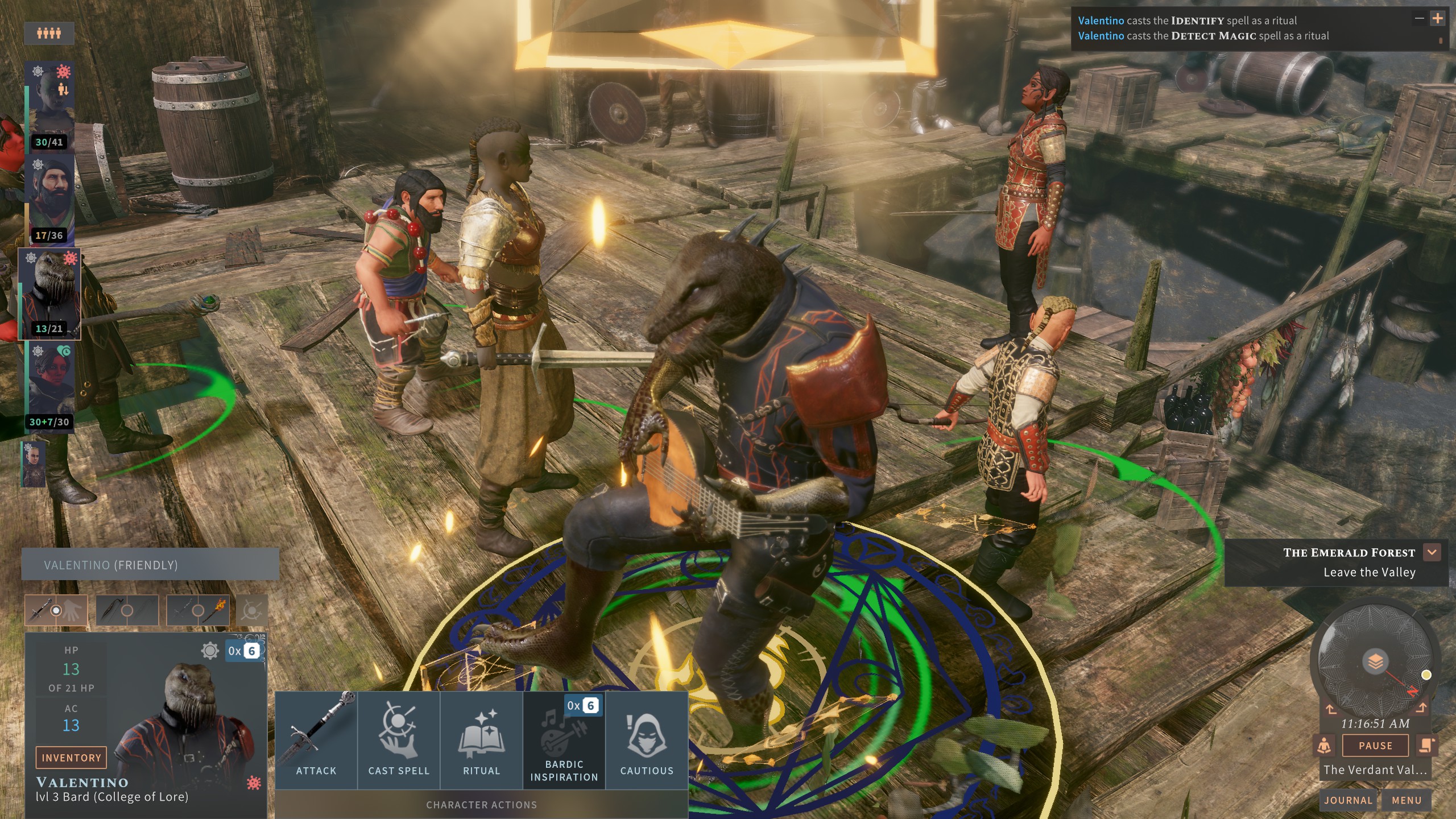
Dungeons & Dragons SRD 5.1 rules govern the combat in Solasta, which means it immediately feels like home to both tabletop players and Infinity Engine acolytes. There's a fair amount of world-building and character development happening too, but combat is the main course, putting its focus on using the environment to gain an advantage over your foes.
It's like Divinity and BG3 in that way, using a turn-based system to get you thinking four moves ahead—how can you hem in that pack of Aberrations? Can you thin the herd by pushing a stone block down onto them from above? What devilish status effects can you inflict before you even start dealing damage? What if you just set everything on fire? All viable options. Larian would be proud.
Planescape Torment: Enhanced Edition

Another legendary Infinity Engine RPG from yesteryear, but Planescape: Torment couldn't be more different to its genre-mates of the time. Where most RPGs take place in a trad-fantasy setting where Lord of the Rings meets dice rolls, the Planescape D&D setting Zeb Cook devised in 1994 is a nihilistic multiverse with nary a cuirass or a kobold in sight.
The Nameless one wakes up in a mortuary, finds a wisecracking floating skull to be his sidekick, and sets about restoring his lost memories, an exercise that combines fireside philosophical chats with buying back pieces of your own tattooed skin and freeing your perpetually incinerated friends from dive bars. Combat's not a particular strength, so fans of the Sawyer school of tactics should look elsewhere on this list, but for sheer vivid and original storytelling, Torment is an all-timer. Once again, Beamdog's created an Enhanced Edition that makes it easier and prettier to play on modern hardware, and the 2017 unofficial sequel Torment: Tides of Numenera is also worth investigating.
Disco Elysium

Some people don't consider Disco Elysium a CRPG, on the grounds that combat doesn't feature, at least in the traditional sense. OK then. We'll just continue to enjoy one of the best games, within the genre or outside it, for many years. "You could play through it five times and still not see everything, so there's no one experience to assess," said our 92% review back in 2019. "No other game comes close," we said in 2021 when it topped PC Gamer's top 100 games for the second year in a row. It's still there now, and at this point we're running out of superlatives.
An ever-evolving story that rolls with your choices like no other game, broadly it's about an alcoholic cop and a body hanging from a tree. The specifics are yours, though. Who you befriend, the clues you find, and famously, whether you die of heart failure 30 seconds into the game while trying to retrieve your tie from a ceiling fan.
Wasteland 3
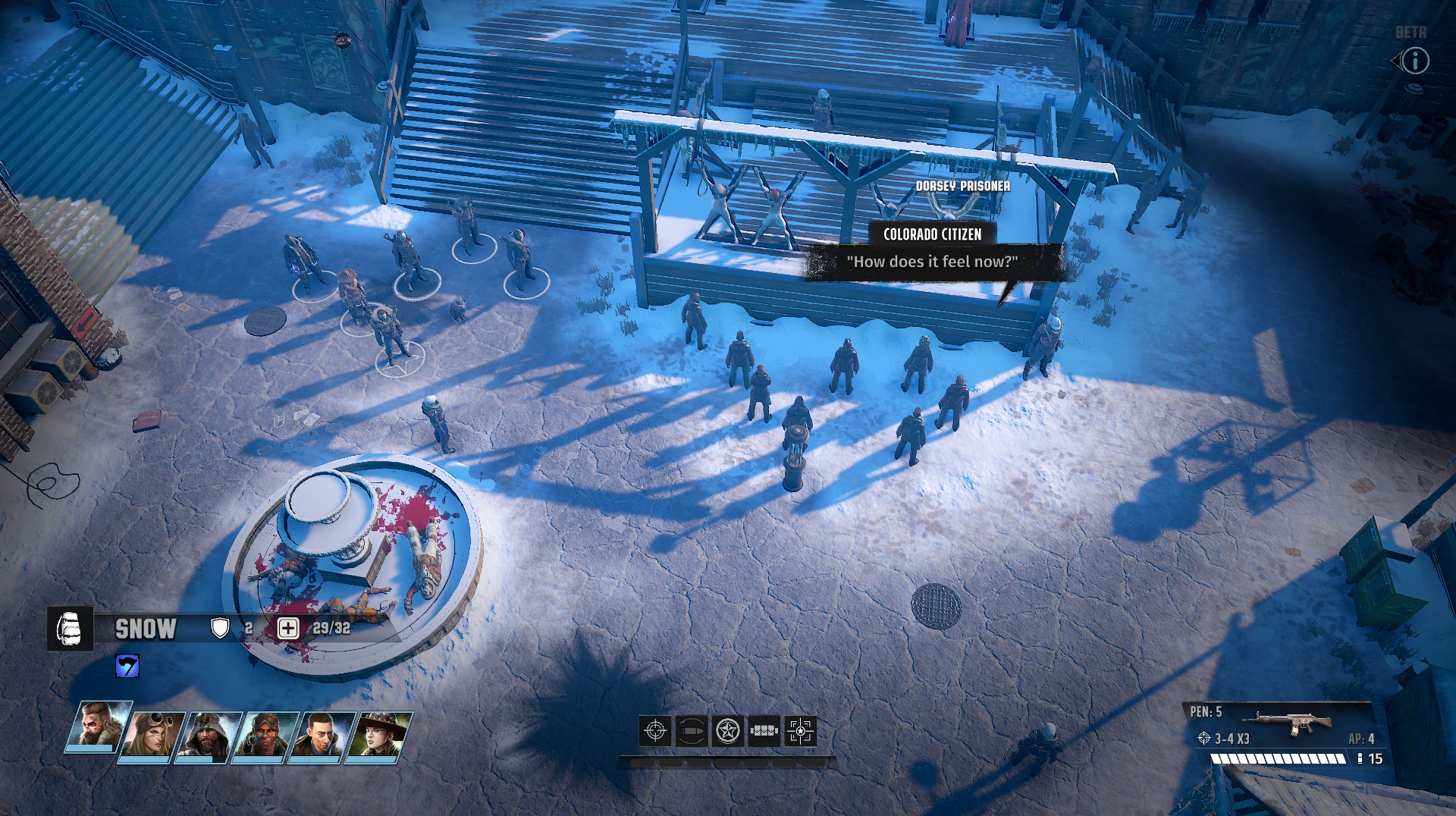
InXile's emergence from the ashes of Interplay took a while to bear fruit. With the greatest respect to 2004's A Bard's Tale and the Super Stacker franchise, it wasn't until Interplay cofounder Brian Fargo and his new team successfully Kickstarted Wasteland 2 that we saw a return to the kind of form that had put Interplay on the map in the '90s. And then they did it again, but even better.
Wasteland 3 takes the post-apocalypse survival and brutal mechanical difficulty of the original Fallout and drenches it in modern 3D visuals. Visuals which, by the way, are a lot less brown than you'd think given its lineage. Spectacular combat effects, huge radioactive scorpions and mechs, and genre innovations like player vehicles give Wasteland 3 a progressive feeling, but you know it hasn't forgotten the isometric barrens from whence it came.
Dragon Age: Origins
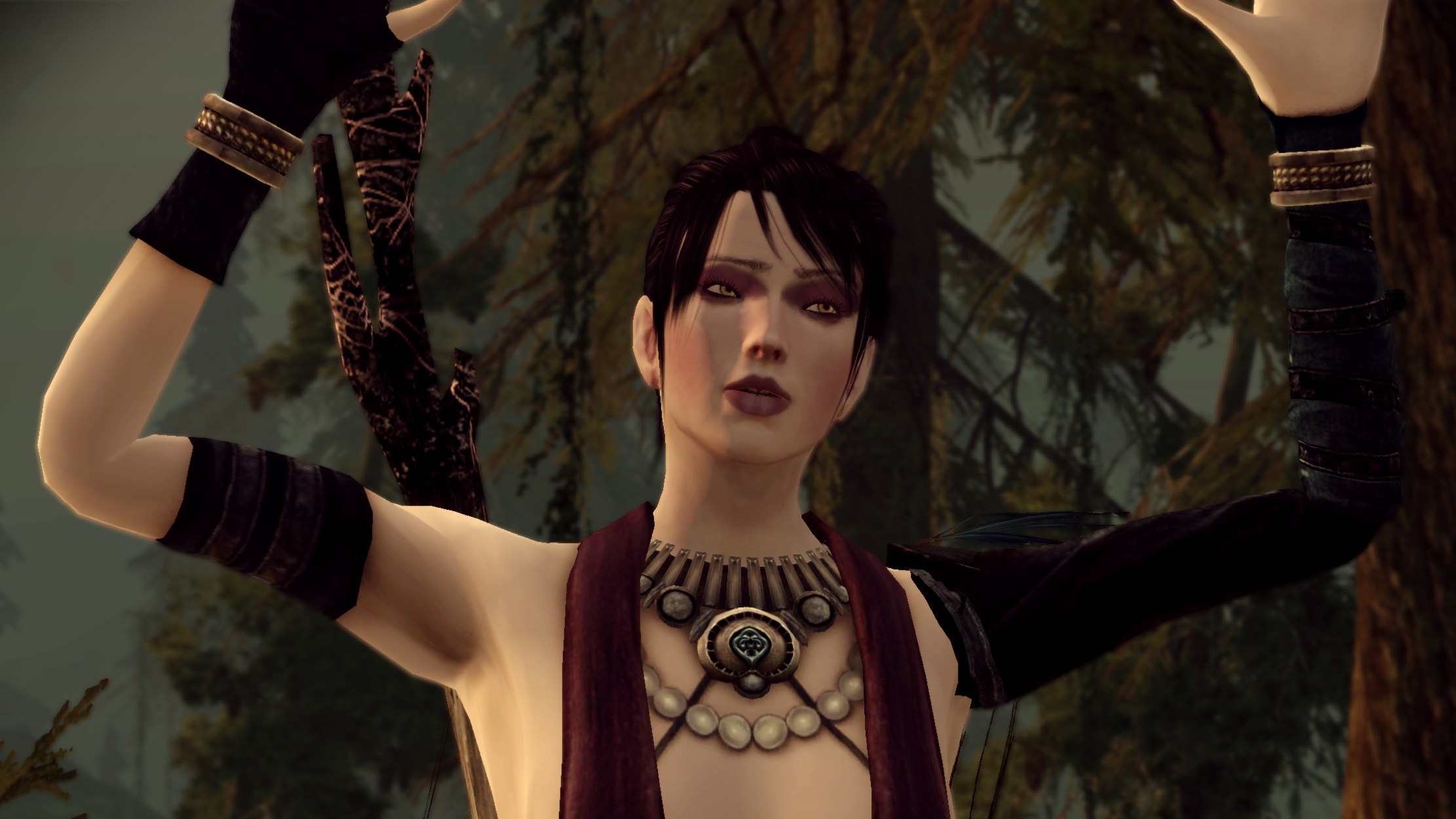
Haters will say Dragon Age: Origins is 3D, and therefore doesn't quite scratch the specific itch that CRPG players are looking for. They'd be overlooking the direct lineage connecting BioWare's 2008 epic to the Infinity Engine classics, not least the combat system. Every time you unpause and watch your companions' orders play out, Origins is simulating tabletop rules and roles to a degree that should warm the heart of any Baldur's Gate player. And if that doesn't, Leiliana's fireside ballads certainly will.
Nearly every companion is a real triumph of character writing and development. You complete their quests because you feel like you owe it to them. You agonise over who to romance. Sorry, but the Darkspawn invasion and the Ferelden civil war can wait—Leiliana's written another banger and she's about to play it.
Shadowrun: Hong Kong
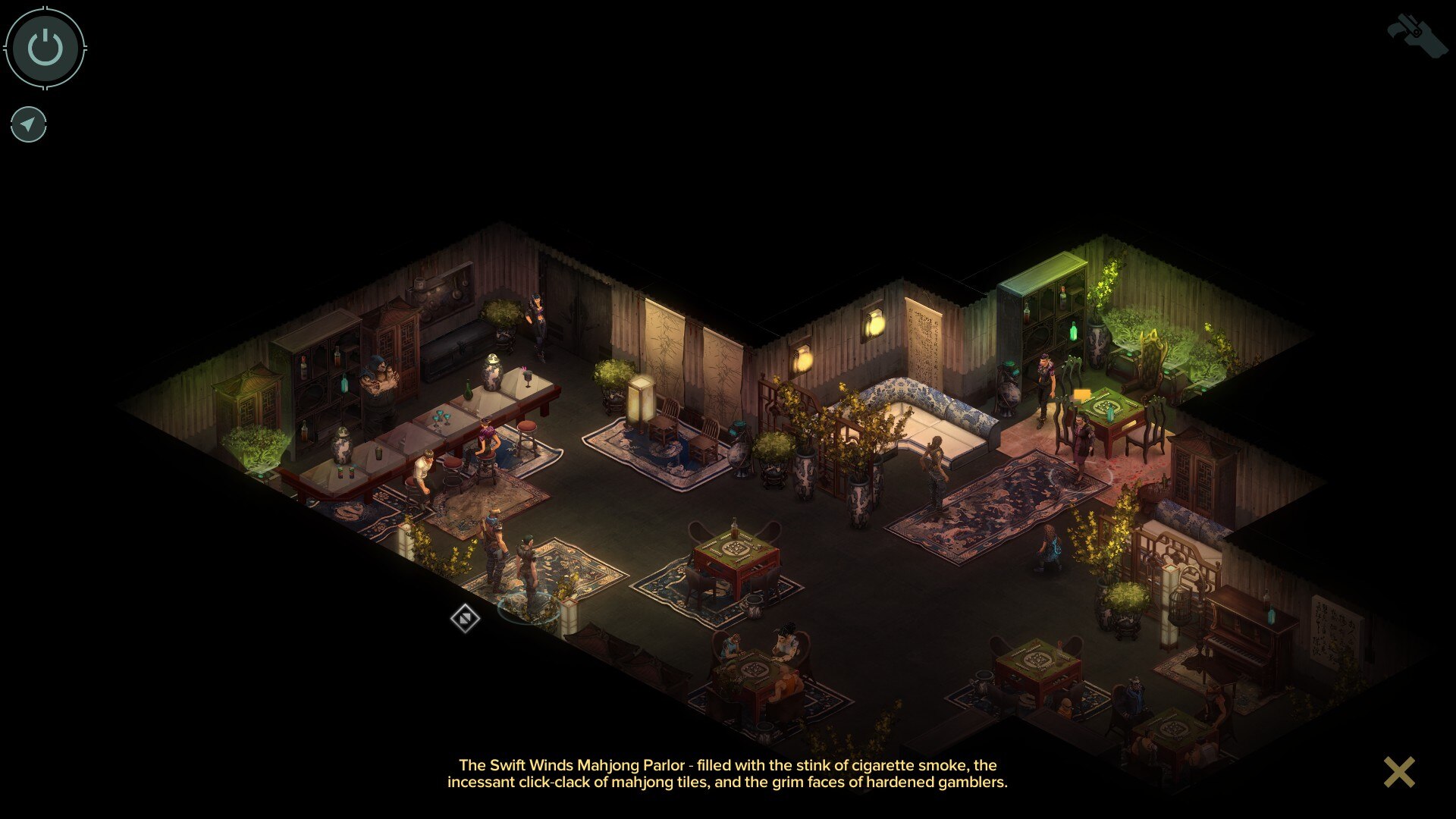
The first thing that hits you in the face about the Shadowrun universe is that it isn't reheating and peddling the same pre-baked fantasy setting you've slogged through so many times before. There are a few cyberpunk staples to ease you in—all-powerful corporations, a corrupt police force, rampant organised crime—but there's also magic in this otherwise grounded dystopia. When it comes to worldbuilding, Shadowrun: Hong Kong stands on its own two feet.
You're a runaway who's had a tough start to life, and having just served eight years inside, you're in trouble with the cops again almost immediately upon your release. Still, nothing that many hours of well-written questing for the local Triads can't fix. The combination of turn-based mechanics with weaponry and spellcasting lets you experiment with all manner of Machiavellian tactics in combat, and the character progression's skill based, so you lean into a character's particular quirks and specialities as the story deepens.
Encased
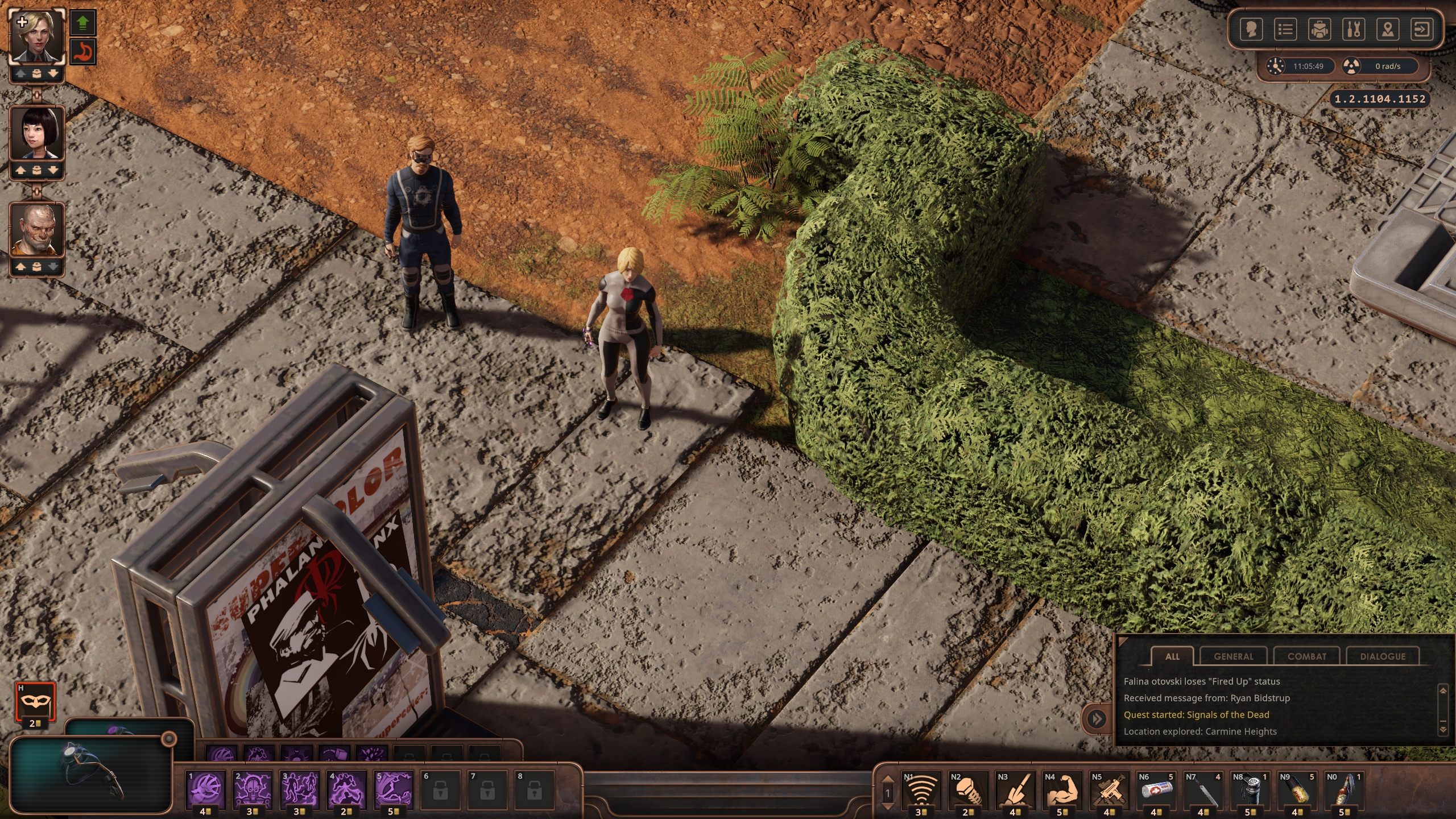
Not every worthy title in the CRPG songbook has to be a direct nod to a classic '90s game or feature an officially endorsed D&D ruleset. Please welcome to the stage Encased, a sci-fi RPG with '70s cinematic stylings and a whole cloth alt-history fantasy in which you're scrapping for survival under a giant dome.
Combat blazes along in a volley of laser blasts and retrofuturistic contraptions, but the lore surrounding the Dome and the characters you find within it are what puts Encased on this list. This place was once an exciting research project where optimism and curiosity ran free, and where volunteers were selected for different wings according to their specialities—engineers over in the blue wing, academics in the white wing, reprobates and violent criminals in the orange wing. What could go wrong?
Phil 'the face' Iwaniuk used to work in magazines. Now he wanders the earth, stopping passers-by to tell them about PC games he remembers from 1998 until their polite smiles turn cold. He also makes ads. Veteran hardware smasher and game botherer of PC Format, Official PlayStation Magazine, PCGamesN, Guardian, Eurogamer, IGN, VG247, and What Gramophone? He won an award once, but he doesn't like to go on about it.
You can get rid of 'the face' bit if you like.
No -Ed.
- Ted LitchfieldAssociate Editor


